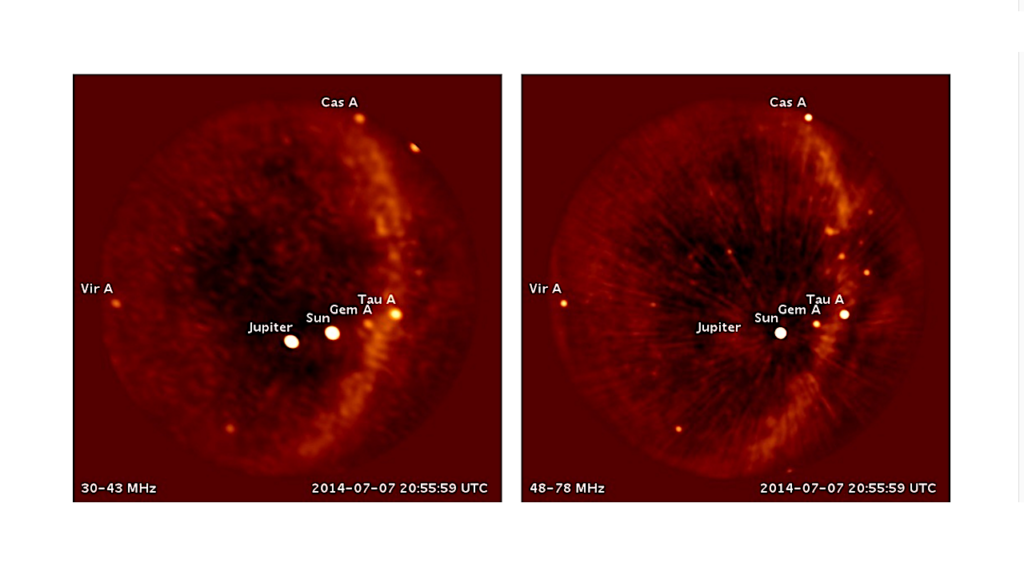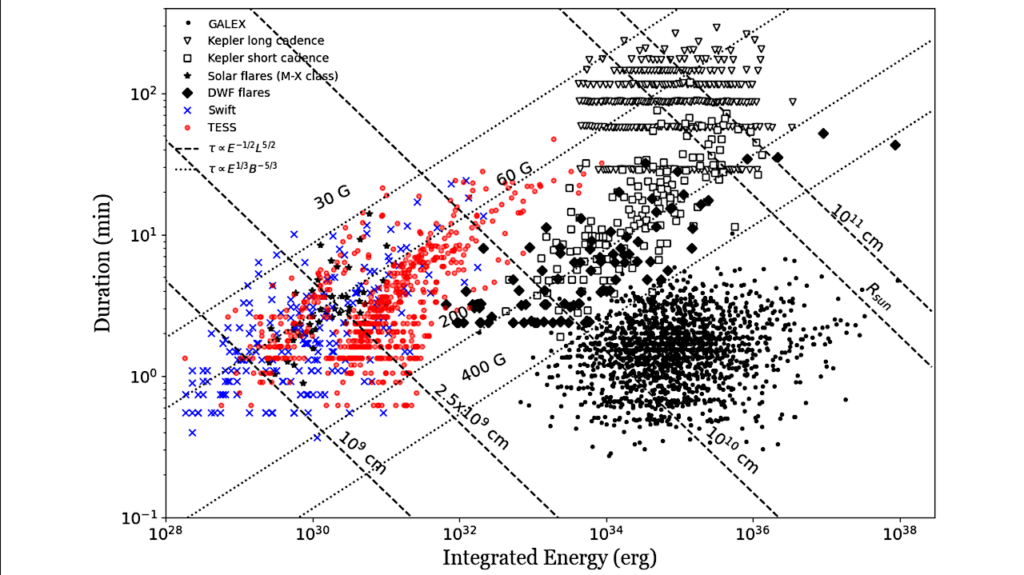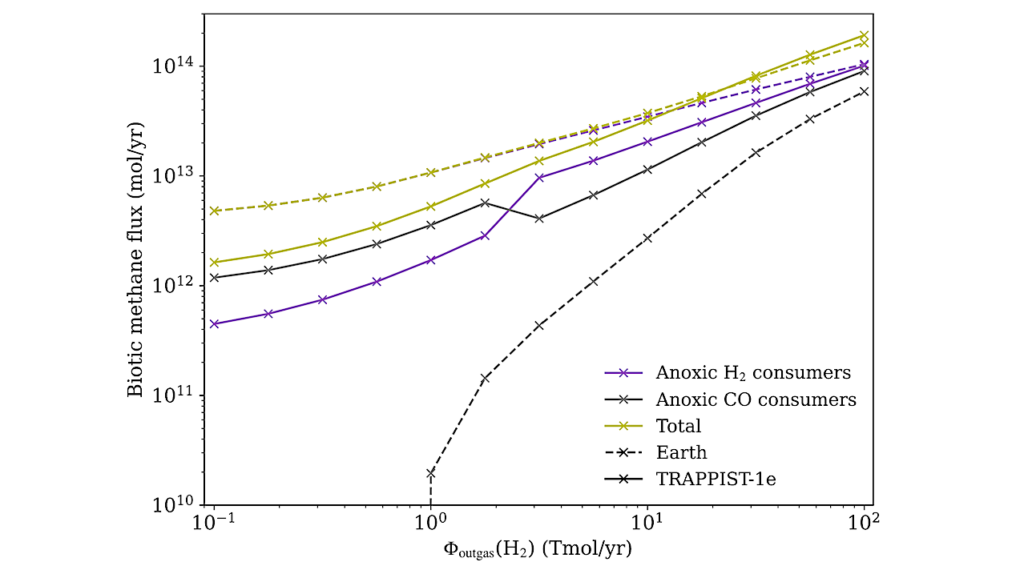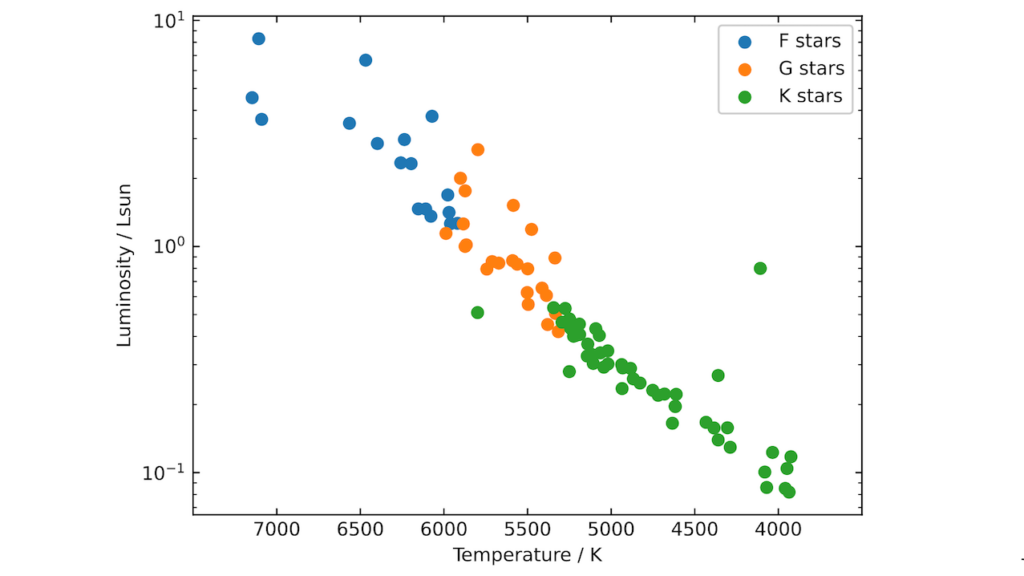Limits on the Stability of TRAPPIST-1

TRAPPIST-1 is a late M-dwarf orbited by seven Earth-sized planets with orbital period ratios near a chain of mean motion resonances. Due to uncertain system parameters, most orbital configurations drawn from the inferred posterior distribution are unstable on short timescales, even when including the eccentricity damping effect of tides.
By contrast, we show that most physically plausible resonant configurations generated through disk migration are stable even without tidal dissipation on timescales of at least 50 Myr (1010 orbits), an increase of at least two orders of magnitude. Thus, disk migration seems necessary to ensure an initial configuration capable of surviving to the present day. We provide an openly available database of physically plausible initial conditions for TRAPPIST-1 generated through parametrized planet-disk interactions, as well as bit-by-bit reproducible N-body integrations over 109−1010 orbits.
Comments: 6 pages 4 figures. Submitted April 8th. Scripts to visualize the dataset and reproduce the figures in this manuscript are available at this https URL
Daniel Tamayo, Hanno Rein, Cristobal Petrovich, Norman Murray
(Submitted on 10 Apr 2017)
Subjects: Earth and Planetary Astrophysics (astro-ph.EP)
Cite as: arXiv:1704.02957 [astro-ph.EP] (or arXiv:1704.02957v1 [astro-ph.EP] for this version)
Submission history
From: Daniel Tamayo
[v1] Mon, 10 Apr 2017 17:26:38 GMT (156kb,D)
https://arxiv.org/abs/1704.02957








